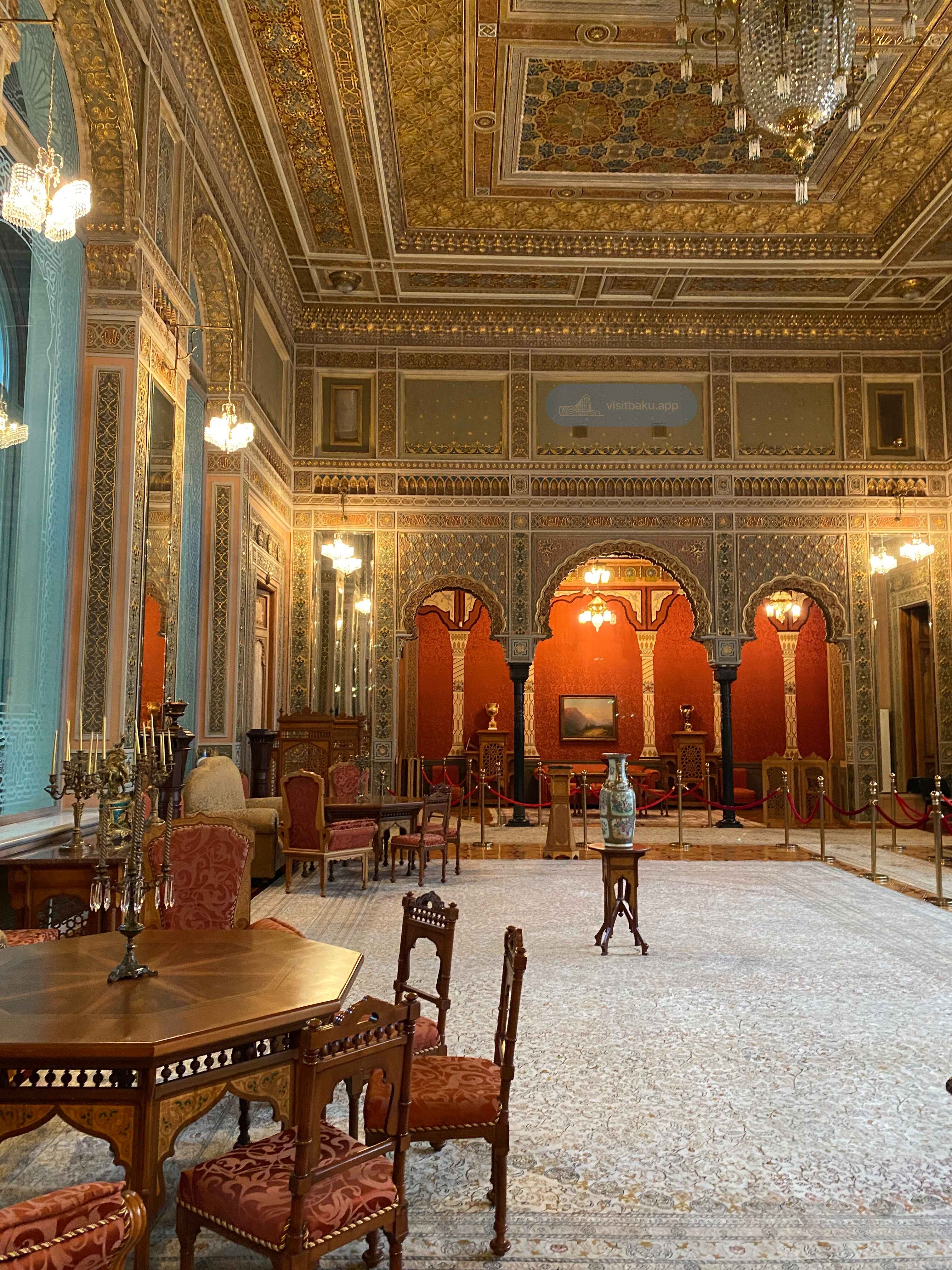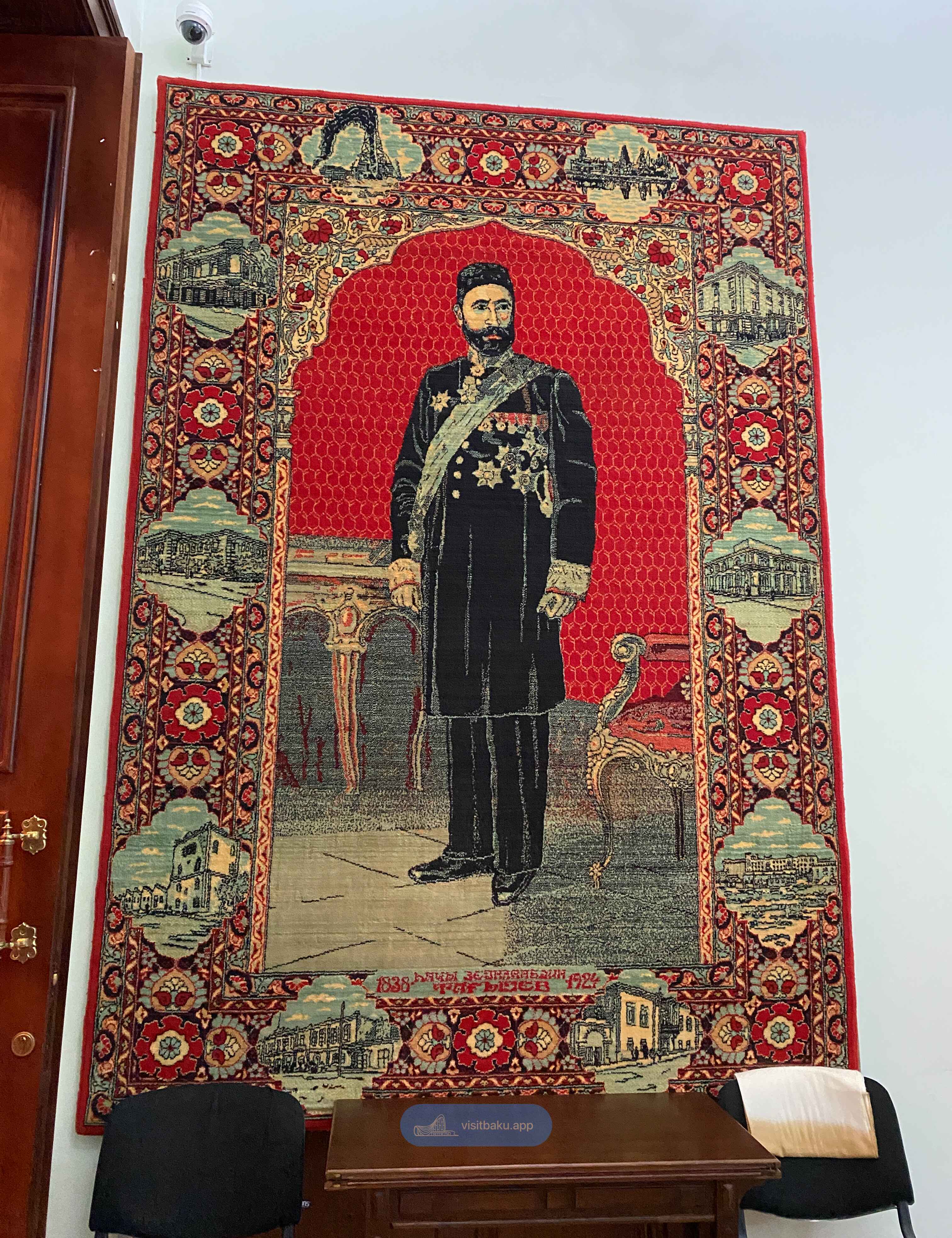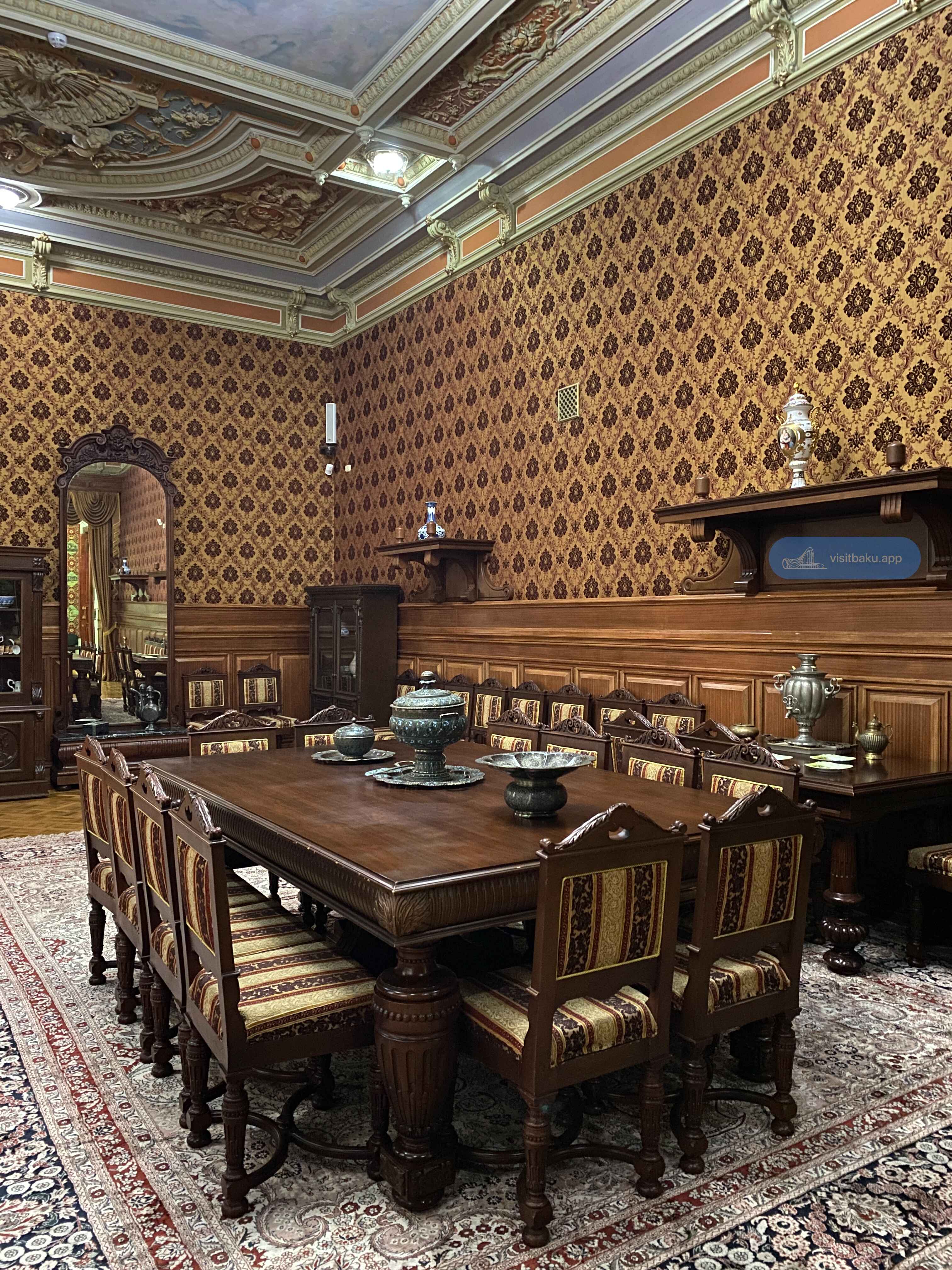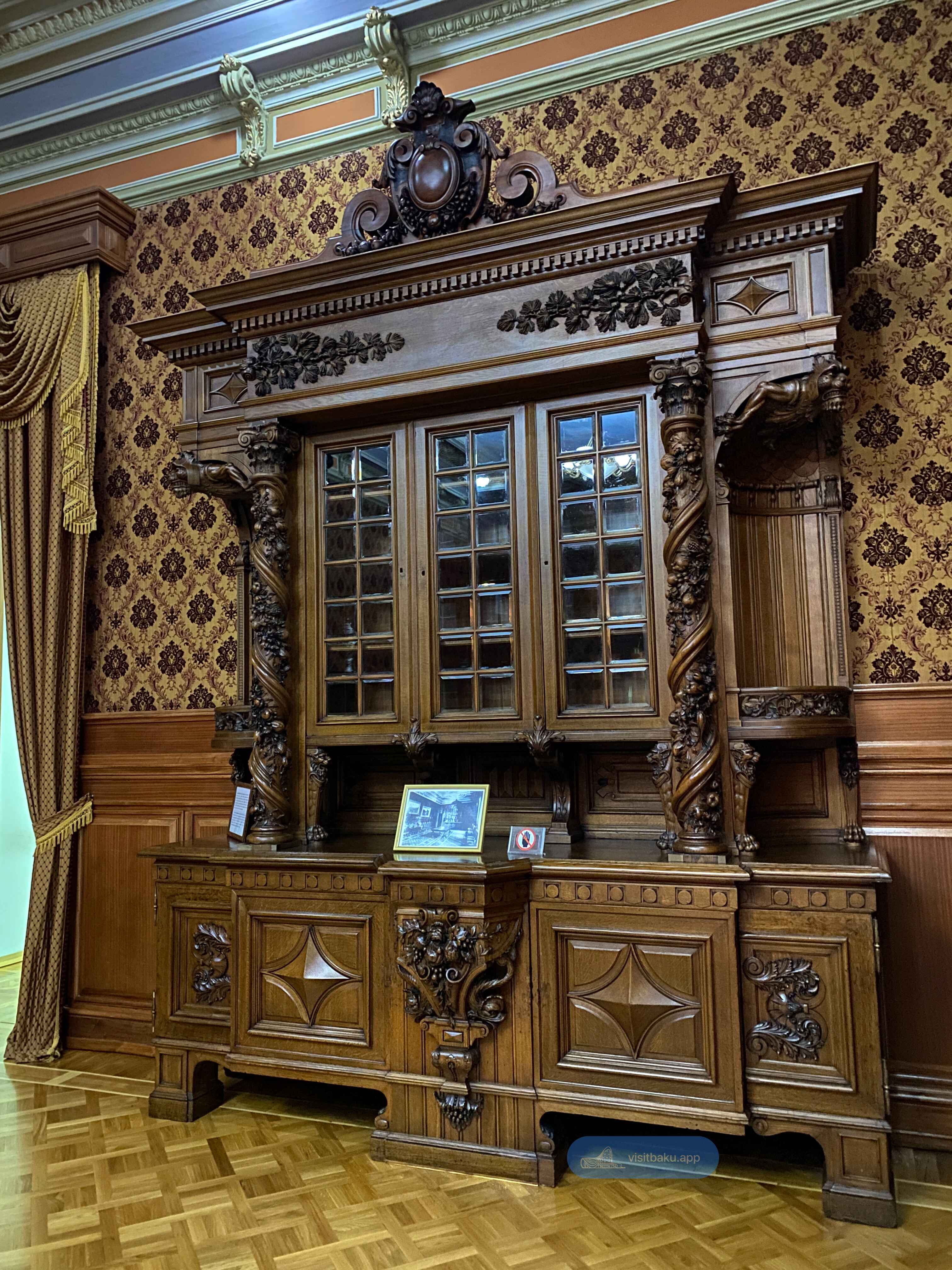The Hajji Zeynalabdin Taghiyev House Museum is a place where the pages of Baku and Azerbaijan’s history come to life, offering a glimpse into the life of an outstanding philanthropist, billionaire, entrepreneur, and patron. Below is the story of this great man and how his palace became a true treasury of national memory.
Hajji Zeynalabdin Taghiyev: Life, Achievements, and Character
Hajji Zeynalabdin Taghiyev is a figure who left a profound mark on the history of Azerbaijan. He was not merely a successful entrepreneur – his name is associated with the oil business, innovation, charity, and a love for knowledge. His generosity and care for others have become legendary: throughout the country, tales are still told of how he provided homes for those in need and offered financial support to those truly in need.
Key aspects of Taghiyev's personality:
- Billionaire and Patron. His business successes not only allowed him to accumulate significant wealth but also to actively invest in education, culture, and the development of the city.
- Curiosity and Thirst for Knowledge. Despite not having the opportunity to receive formal education in his youth, he delved into every detail, encouraging young people and supporting education regardless of nationality or creed.
- Influence and Respect. Azerbaijanis continue to honor and remember Taghiyev, viewing him not only as a successful businessman but also as a great patron of culture and the arts.
This multifaceted personality, endowed not only with material wealth but also with immense warmth, remains an example for future generations.
The House Museum: History of the Palace and Its Transformation into a Cultural Legacy
Taghiyev's palace in Baku (formerly known as 6 Gorky Street, now 4 Taghiyev Street) was built between 1893 and 1902 according to the project of civil engineer Yuzef Glosavsky. This palace, gifted by Taghiyev to his wife, Sona Khanum, was originally conceived as a symbol of family prosperity and success. The building occupies a whole quarter of the central part of the city and impresses with its ancient planning structure, where elements of the Italian Renaissance and other European architectural styles blend harmoniously.
According to the dates, construction began as early as 1895 – engineers, architects, and craftsmen from Russia and Western Europe were involved in its realization. Imported materials, furniture, chandeliers, and decorative elements from France, Germany, and America all contributed to making the palace truly unique. Inside the building, heating and cooling systems were installed, and the interiors – ranging from intricately carved tables to exquisite mirrors – underscore the high status of the owner.
In April 1920, after the Bolshevik takeover, the palace was confiscated, and since 1921 it has housed the National Museum of Azerbaijan History. The building was later reconstructed several times to preserve its historical value and adapt it to the needs of the museum.
Museum Gallery: What to Capture
The museum also preserves other unique elements that can be complemented by photographic materials:
- The "Portrait of Hajji Taghiyev" Carpet
An astonishing piece of folk art reflecting the personality and grandeur of the mansion's owner. - The Banquet Hall
A spacious room where ceremonial banquets, meetings, and celebrations were held – a place imbued with the energy of success and luxury. - Additional Photographs from the Museum
Images of the interiors, individual rooms, and exhibits that allow one to feel the atmosphere of that era.
Palace Interior: Luxury and Details
The palace's interior is striking for its complexity and attention to detail. Architect Glosavsky employed the European "order" style, creating a symmetrical facade and a unique layout of the building. Inside the palace:
- Doors were crafted from lemon wood, and wallpapers made of natural leather.
- For the flooring, six types of wood were used, while mirrors and window glasses were ordered from France and Venice.
- The palace consists of nine rooms: an office, the Eastern Hall, a library, a billiard room, a dining room, a reference room, Sona Khanum's boudoir, a bedroom, and a restroom.
- The Eastern Hall is a true masterpiece: intricately carved tables and chairs with Eastern motifs, a piano, armchairs, and even inscriptions on the window glasses in Arabic letters bearing Hajji Taghiyev’s name.
These details allow visitors to appreciate not only the level of material prosperity but also the taste with which the home was furnished – a home where art and culture went hand in hand with business acumen.
Conclusion
The Hajji Zeynalabdin Taghiyev House Museum is a place where the memory of an outstanding individual and his contribution to the history of Azerbaijan has been preserved. It is not just a museum, but a living testimony of an era that demonstrates how wealth, talent, and a thirst for knowledge can change the destiny of an entire nation. Every visitor, walking through the palace halls, can feel the grandeur of the times and understand why Azerbaijan continues to honor the name of Hajji Zeynalabdin Taghiyev.





